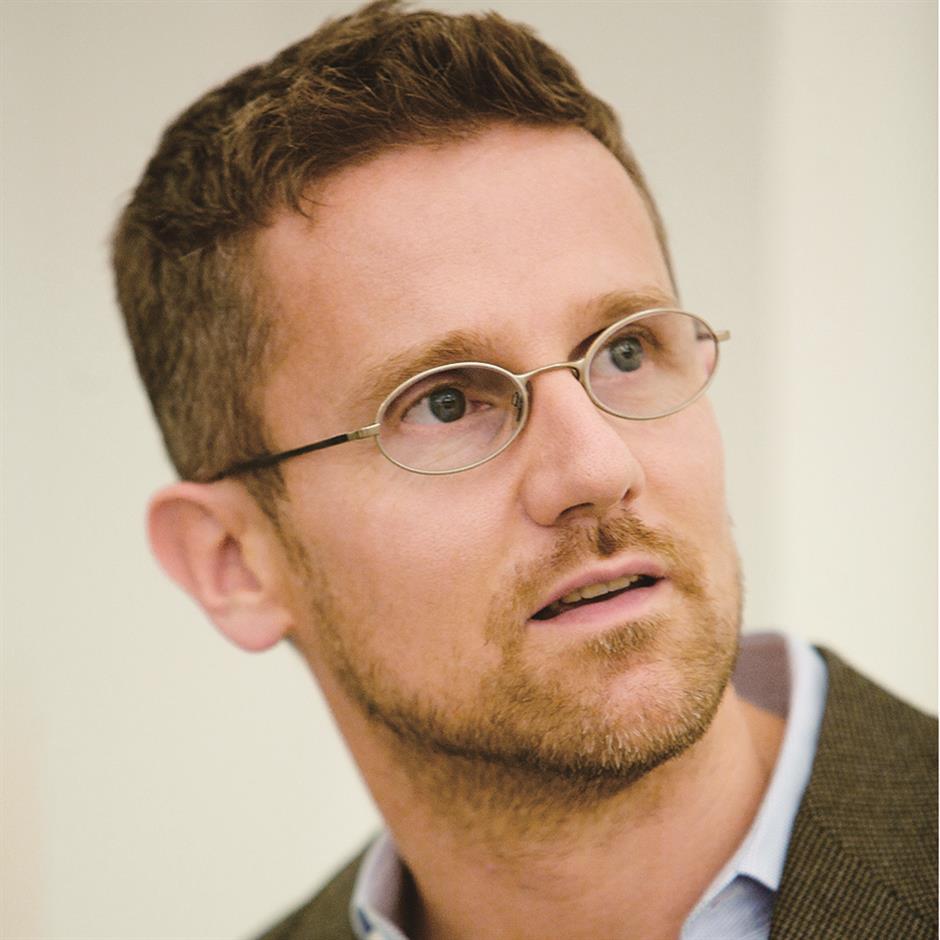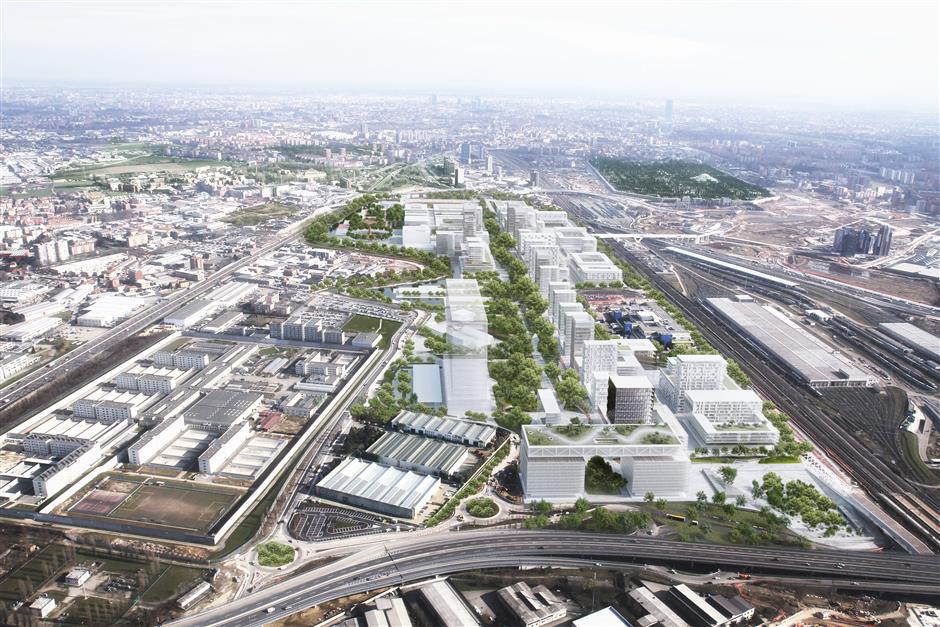A man of many hats, and a driverless city

Carlo Ratti
Who is he?
Carlo Ratti is an architect and engineer, and he wears many hats, as the English say. Firstly, he leads the design and innovation firm CRA-Carlo Ratti Associati, based in New York, Turin and London. Secondly, he directs the Senseable City Lab at the Massachusetts Institute of Technology in Boston. Last but not least, he is engaged with a few startups. The vision is always the same, although it focuses on different areas: research, projects and products.
Please share with us some of your works, and name the one you are most proud of.
Our work in general focuses on how new technologies are changing the way we describe, design and live in cities. Impossible to pick the project I am most proud of — it would be like picking my favorite child! But I enjoy working on all of them — from one of the tallest buildings in Singapore to the redevelopment of the World Expo 2015 site in Milan, from an algorithm to revolutionize car dispatching in cities to the design of a network of self-driving boats in the canals of Amsterdam.
Are you currently involved with any project?
We are working together with BIG to build the CapitaSpring tower, one of the tallest buildings in Singapore, which features a tropical forest at its core. On a different scale, we are working on MIND, the city of science and high-tech innovation that will be built on the former Milan World Expo 2015 site (the follow up to Shanghai 2010). In this project, we decided to focus on innovation not only as “content” of the project — universities and research center — but also as a “container.”
For instance, we will build one of the world’s first neighborhoods planned for self-driving cars to experiment with a technology that will radically change how we live our cities.
What’s your design style?
Responsive and human — beautiful architecture that better responds to human needs.
What does your home mean to you?
I have several homes as I travel extensively. Like French writer Georges Perec, who imagined a house with rooms in different neighborhoods of Paris, I enjoy living quarters spread across the world: so, I’d say that Turin is my native home, Boston is my home for work, Singapore is my home for innovation, Rio de Janeiro is my home for colors and fun …
What do you collect?
I try to collect ideas. The good news is that when you do what I do, ideas tend to come to you. The difficult thing is to tell a good idea from a bad one — that’s why one needs a good “bullshit detector,” as Ernest Hemingway would have put it.
Where would you like to go most in Shanghai?
I love many parts of Shanghai, including walking on the Bund.
What will be the next big design trend?
Letting architecture evolve to better suit contemporary needs. I think that we are at a turning point in architecture. The latter has often been described as a kind of “third skin” — in addition to our own biological one and our clothing. However, for too long it has functioned more like a corset: a rigid and uncompromising addition to our body.
New digital technologies and distributed intelligence have the potential to transform it and give form to an endlessly reconfigurable environment.
In the future, we could imagine an architecture that adapts to human needs, rather than the other way around — a living, tailored space that is molded to its inhabitants’ needs, characters and desires.

A rendering of MIND, the city of science and hi-tech innovation that will be built on the former Milan World Expo 2015 site
















